“Nobody,” directed by Ilya Naishuller, a movie that masterfully blends gritty realism with stylized action through its cinematography. In this analysis, I’ll share my insights on how the film’s visual elements contribute to its overall impact.
About the Cinematographer
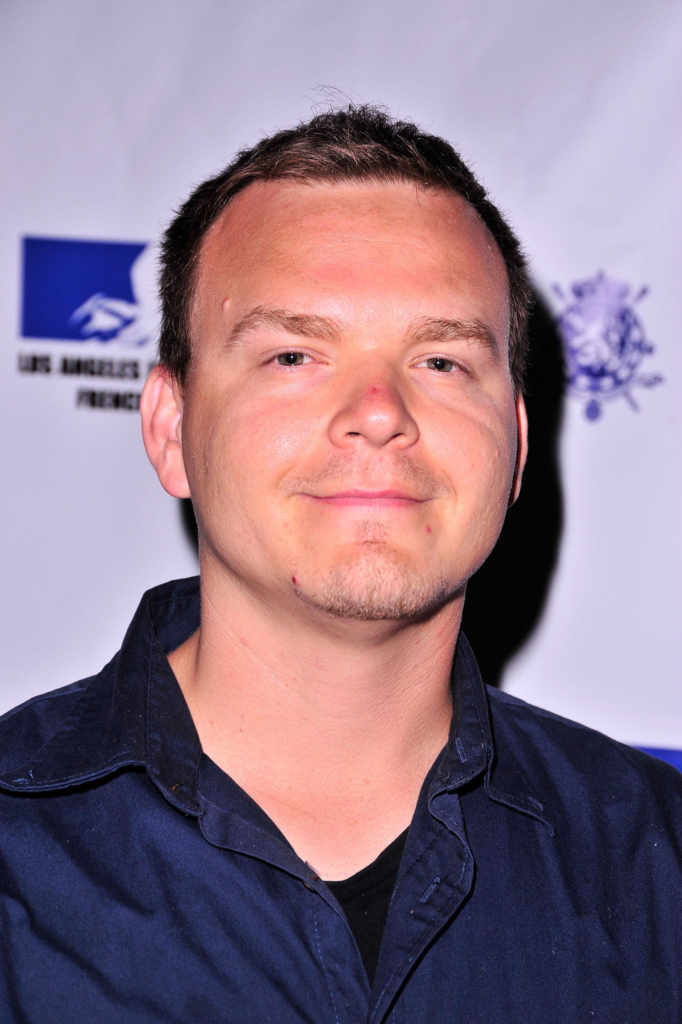
The visual language of Nobody owes much to its cinematographer, Pawel Pogorzelski. Known for his work on films like Hereditary and Midsommar, Pogorzelski has a knack for using cinematography to enhance mood and character depth. His style is marked by a deliberate attention to detail, creating subtext through lighting, composition, and camera movement. In Nobody, Pogorzelski collaborates with director Ilya Naishuller to deliver a visual aesthetic that oscillates between the ordinary and the extraordinary, seamlessly blending frenetic action with moments of vulnerability and introspection.
Inspiration for the Cinematography of Nobody
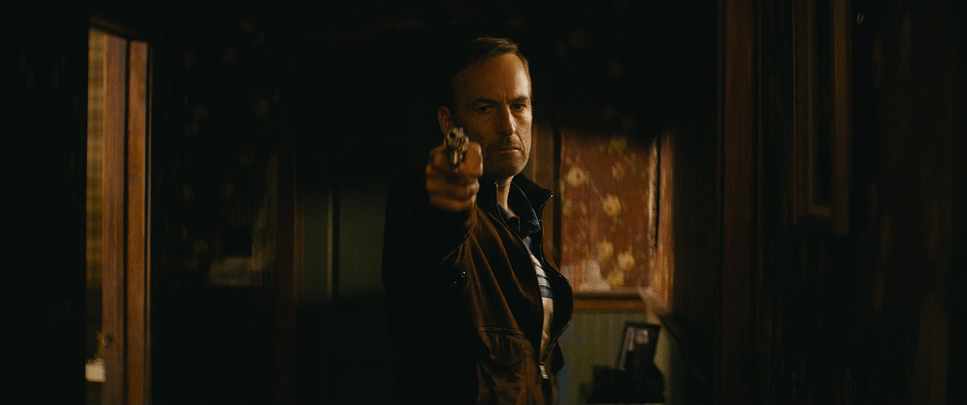
Drawing clear inspiration from the John Wick franchise—unsurprising given that writer Derek Kolstad penned both—the cinematography of Nobody emphasizes grounded action paired with a heightened sense of reality. However, Pogorzelski and Naishuller aim for a more relatable and human visual tone. While John Wick showcases a polished and almost mythological assassin, Nobody grounds Hutch Mansell, played by Bob Odenkirk, in a tangible world of struggle and imperfection.
🎬 A Note from Salik:
I often get asked how I achieve the dense, filmic look in my commercial work. The secret isn't just color grading—it's the starting point. I have finally released my personal Master LUT Pack—8 distinct looks based on real film.
These aren't simple presets; they were crafted using complex math, empirical data, and precise tetrahedral operations to ensure technical integrity. This is the exact collection I've built over the years and used on 200+ high-end commercials.
*Compatible with Davinci Resolve, Premiere Pro, and FCPX.
This approach resonates with Pogorzelski’s philosophy of using cinematography to amplify character depth. Hutch is not invincible; his vulnerability is mirrored in how the camera captures his fight sequences with unflinching honesty, often lingering on the aftermath of bruises and broken bones. This blend of gritty realism and stylized framing creates a visual tone that feels fresh yet familiar.
Camera Movements Used in Nobody
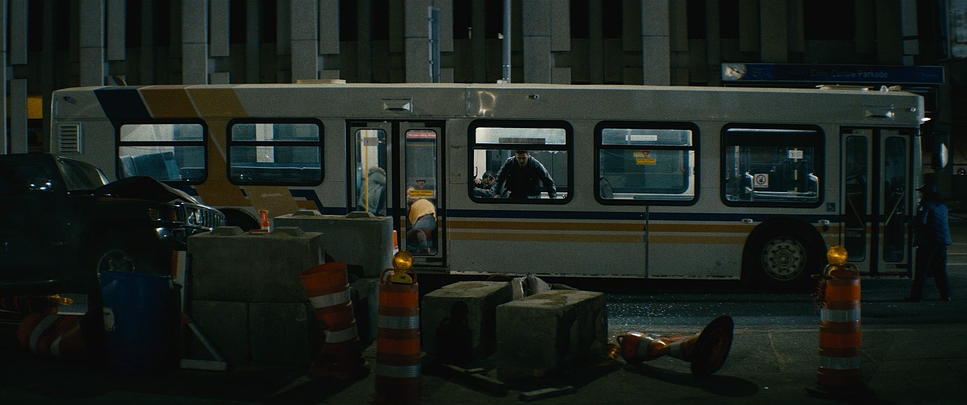
The camera work in Nobody is a standout feature, striking a fine balance between kinetic energy and clarity. From the intimate, claustrophobic framing of Hutch’s daily routine to the expansive, dynamic fight choreography, the movement of the camera reflects Hutch’s transformation.
In the action sequences, the camera avoids the chaotic, shaky-cam style often found in modern action films. Instead, Pogorzelski opts for longer takes and wide angles, allowing me to fully appreciate Odenkirk’s physicality and the choreography of the fights. This choice is particularly evident in the infamous bus fight, where the camera maintains a visceral closeness without losing spatial coherence.
Outside the action, the camera becomes more measured, employing slow pans and static frames to reflect Hutch’s monotony and suppressed rage. These choices underscore the duality of his life—a subdued family man harboring a violent past.
Compositions in Nobody
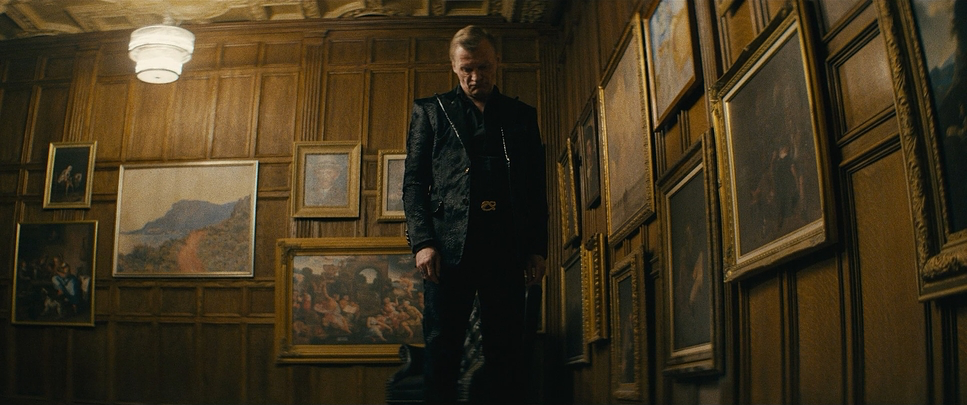
Composition plays a significant role in visually narrating Hutch’s journey from a subdued nobody to a reinvigorated force of nature. Early in the film, Pogorzelski uses symmetrical and mundane compositions to emphasize Hutch’s routine and suburban stagnation. The repetitive shots of his morning rituals—missed trash pickups and interactions with his disinterested family—are framed in static, uninspired ways, reflecting his suppressed identity.
As Hutch reclaims his violent past, the compositions shift dramatically. The framing becomes tighter and more dynamic, often using foreground elements to create a sense of entrapment or tension. In action scenes, Pogorzelski frequently places Hutch slightly off-center, a visual cue that he’s not in full control, adding to his relatability. The climactic warehouse sequence utilizes sweeping wide shots to convey both the scale of the battle and Hutch’s calculated dominance, juxtaposing chaos with a surprising sense of order.
One notable composition is the use of mirrors and reflections, which Pogorzelski uses to hint at Hutch’s duality. The scene where Hutch stares at himself in the mirror after rediscovering his violent tendencies is particularly powerful, visually representing his internal conflict.
Lighting Style of Nobody
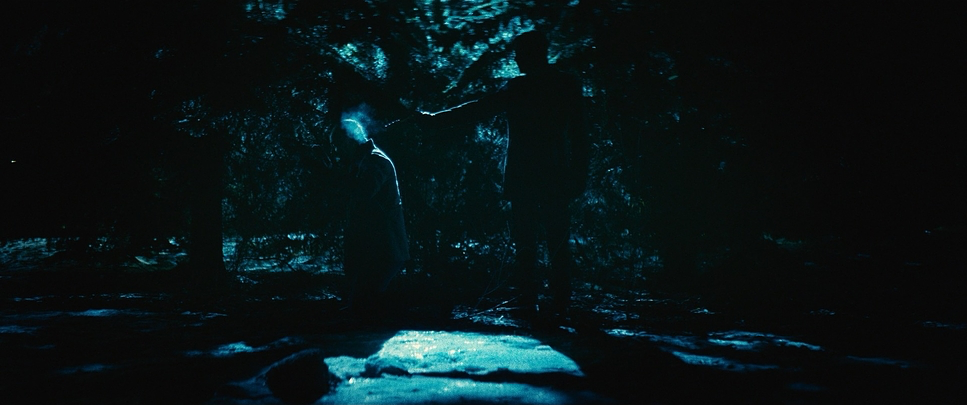
Lighting in Nobody reflects the film’s emotional undertones while emphasizing its dualities. The suburban scenes are bathed in soft, naturalistic light, capturing the monotony of Hutch’s family life. This contrasts starkly with the harsher, more dramatic lighting used in the action sequences, where shadows dominate and bursts of vibrant color heighten the intensity.
One sequence that stands out is the bus fight, where the lighting shifts dramatically as the action unfolds. The scene begins with natural light streaming through the windows, grounding the moment in reality. As the fight escalates, streetlights and neon reflections seep into the frame, creating a more stylized look that underscores Hutch’s transformation.
The nighttime sequences, particularly in Hutch’s home and the warehouse fight, use high-contrast lighting with deep shadows to create a sense of danger and mystery. Pogorzelski skillfully incorporates practical lighting—sources like streetlights, lamps, and muzzle flashes—into the frame, enhancing the realism of these intense moments.
Lensing and Blocking of Nobody
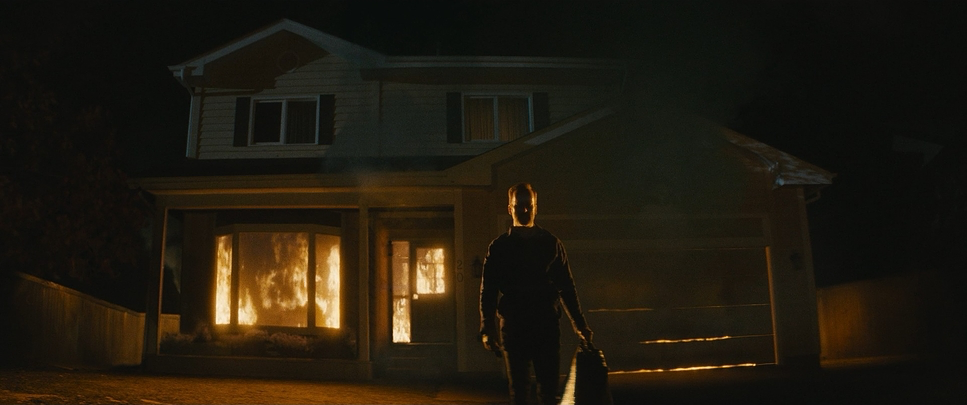
The lens choices in Nobody are integral to its immersive storytelling. Pogorzelski frequently employs wide lenses during fight scenes to emphasize spatial relationships and allow the choreography to unfold naturally within the frame. This ensures that the action feels grounded and real, avoiding the overly compressed look often seen in telephoto-heavy action films.
Blocking is another key strength of the film’s cinematography. In quieter scenes, characters are often placed at opposing ends of the frame, visually reinforcing the emotional distance between Hutch and his family. This is evident in scenes with his wife, where physical barriers like pillows or walls further underscore their strained relationship.
In contrast, the action sequences are meticulously blocked to maximize impact. The choreography and camera movements are intricately linked, with each frame serving a purpose in advancing the narrative or showcasing Hutch’s growing confidence. The bus fight again serves as a prime example, with every punch and counterattack carefully framed to ensure maximum clarity and emotional resonance.
Color Grading of Nobody
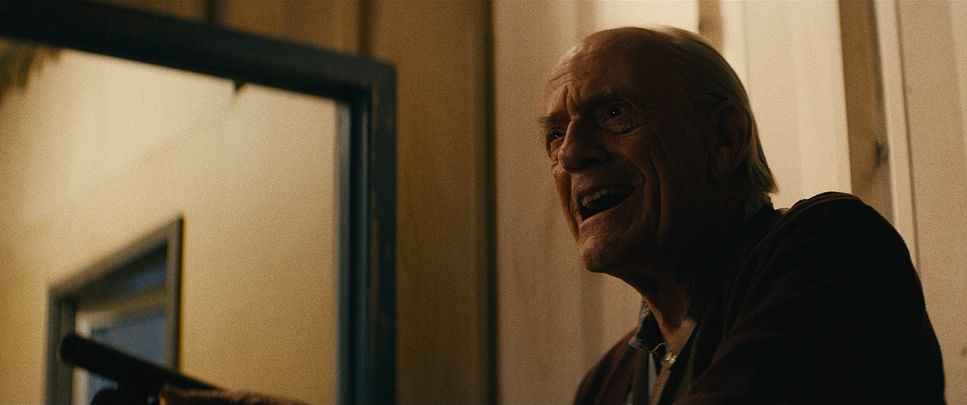
As a colorist, I found the color grading in Nobody to be both functional and evocative. The film employs a muted palette for Hutch’s mundane life, dominated by washed-out blues and grays that reflect his dissatisfaction and longing for more. This desaturation subtly conveys the emotional void in his life without being overtly bleak.
In contrast, the action sequences burst with color. Neon hues and rich reds dominate these moments, signifying Hutch’s reawakening and the adrenaline-fueled chaos of his violent escapades. The shift in palette mirrors his emotional arc, moving from repression to expression.
One of my favorite aspects of the grading is how it accentuates textures. Skin tones remain natural, allowing the bruises and blood to feel visceral, while metallic surfaces in the warehouse scenes shimmer with a cold, industrial sheen. These choices add a layer of authenticity to the world of Nobody, grounding even its most stylized moments in reality.
Technical Aspects of Nobody
Technically, Nobody is a marvel of precise craftsmanship. The film was shot on the ARRI Alexa Mini LF, a camera renowned for its ability to capture stunning detail and dynamic range. Pogorzelski paired it with anamorphic lenses, contributing to the film’s cinematic quality, particularly the oval bokeh and lens flares during night scenes.
The film’s aspect ratio, 2.39:1, enhances both its intimate moments and grander set pieces. The use of wide lenses for establishing shots creates a sense of environment and confinement, while tighter focal lengths during action scenes allow the audience to feel every punch and recoil.
The stunt choreography, captured predominantly in-camera, is another highlight. By avoiding excessive CGI, the film retains a tangible, visceral quality that many modern action films lack. The sound design complements the visuals, with each punch and gunshot resonating powerfully, pulling me deeper into Hutch’s world.
- Also Read: CINEMATOGRAPHY ANALYSIS OF DOUBLE INDEMNITY
- Also Read: CINEMATOGRAPHY ANALYSIS OF A CITY OF SADNESS
Browse Our Cinematography Analysis Glossary
Explore directors, cinematographers, cameras, lenses, lighting styles, genres, and the visual techniques that shape iconic films.
Explore Glossary →